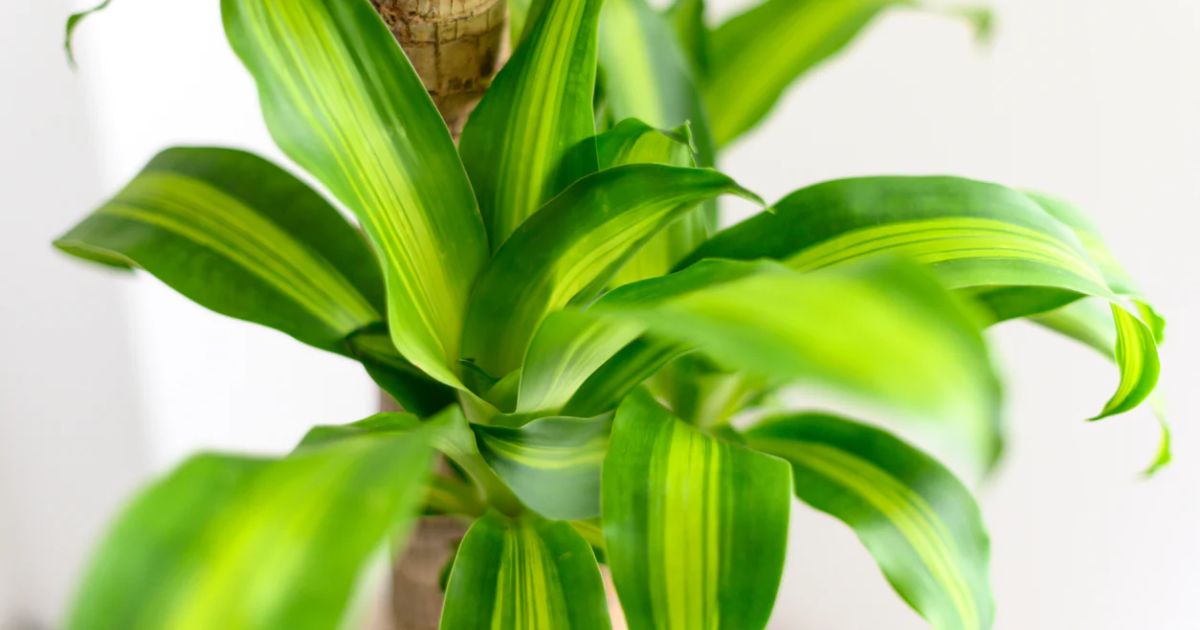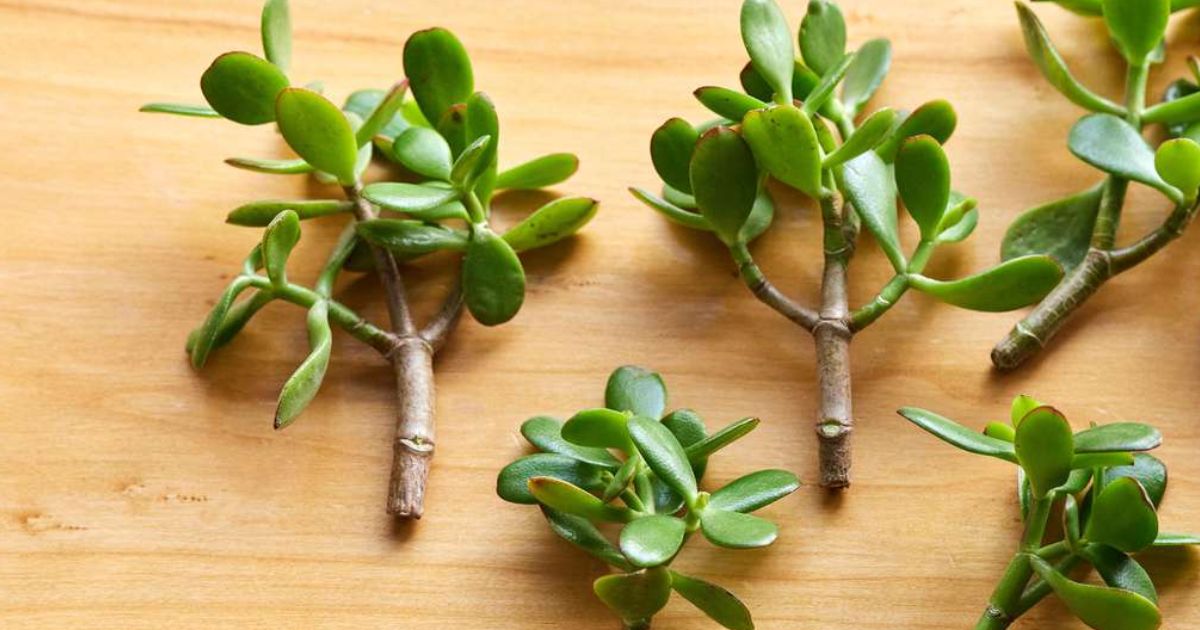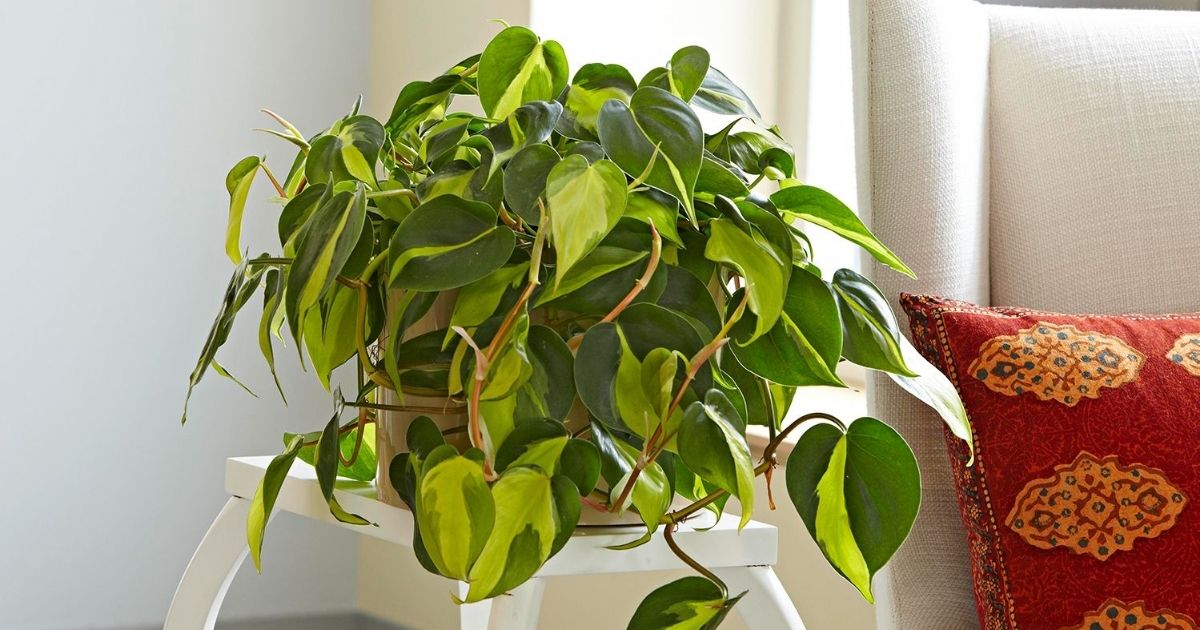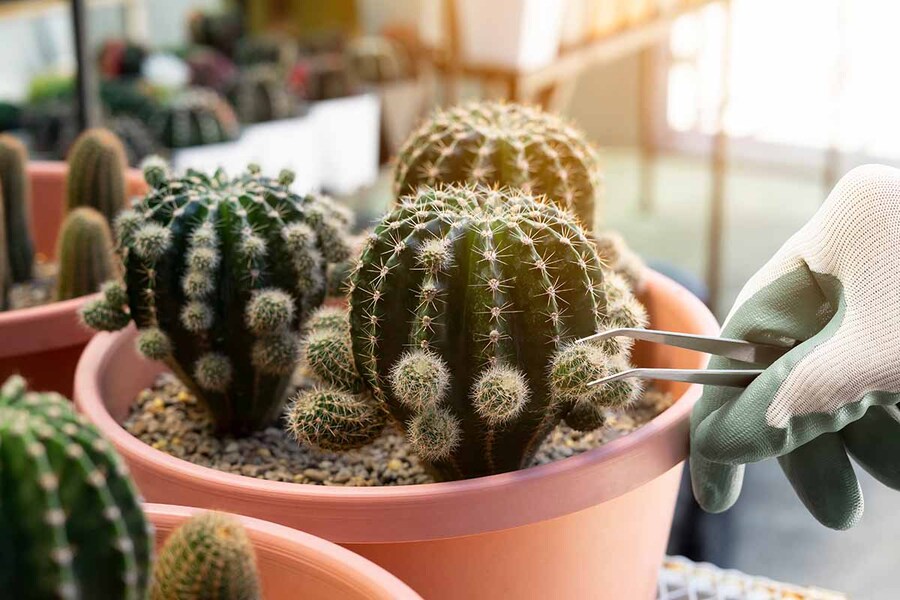HOW PERLITE IS USED FOR HYDROPONIC GARDENS
HOW PERLITE IS USED FOR HYDROPONIC GARDENS
There are many advantages to hydroponic gardens. Accelerated growth due to the plants having an exactly measured out level of nutrients, the ability to grow in areas that don’t have a garden, vertical growth mechanisms, water conservation, easier garden maintenance, and more. However, there is a common question that all budding hydroponic gardeners pose at the start of their hydroponics journey – what do we use instead of soil?
INTRODUCING PERLITE HYDROPONICS
Hydroponics, if you’re new here, is the practice of growing plants without the use of soil. There are two drawbacks to this – one, the plants aren’t going to get the nutrients that they would normally get from the soil. Two, without soil there’s nothing for roots to grow around or cling to.
Hydroponic gardens typically use a calculated, measured, and maintained blend of nutrient supplements in the water that feeds their plants. This means that the plants only get as much nutrient content as they need, don’t get overfed, and that the plants take up the nutrients directly from the water. This leads to healthier, faster-growing produce, with stronger root masses.
However, what do these root masses cling to? Well, that’s entirely up to the gardener!
Hydroponic gardens can take a variety of forms, depending on what the user is growing, how much of it, and where in their residence they have the garden. The most popular method of containing plants in a hydroponic garden is net baskets, a small basket with many gaps cut out of it to facilitate root growth. However, in hydroponic gardens that use pots, typically some form of substrate is used to substitute soil and keep the plants from drowning. This is where a variety of mediums comes in handy, though one of the most popular is Perlite.
WHAT IS PERLITE?
Perlite is a mineral biproduct of volcanic rock. As Obsidian is kept in its volcanic habitat, it slowly gathers water molecules which gather in the middle of the rock, eventually turning it from its characteristic black colour to a dull grey. When this dull grey rock is heated, the water inside evaporates, becoming steam, and as the steam gathers within the rock it becomes pressurised until it bursts, splitting the rock open and forcing it inside-out – literally like volcanic popcorn!
Perlite hydroponics is popular because it’s reusable due to being easily cleanable, and its sterile, pH neutral nature means that the risk of infection is very low and makes it handy for keeping pH levels stable in your nutrient solution. Perlite is also very cheap and holds air very well.
HOW TO USE PERLITE IN A HYDROPONIC GARDEN
Hydroponics works by keeping plants suspended above nutrient-enriched water, allowing the roots to hang freely in the solution and feed on the water and nutrients directly. To use Perlite in this kind of system, you simply need to ensure that a drainage system is in place in whatever vessel you’re using to garden your plants in. Once the drainage has been taken care of, you can fill the vessel with the perlite. When it comes to planting in the substrate, make a hole in it, then place the plant inside the hole with the roots facing towards the water solution, before covering the roots and base of the stem over with perlite. For the first two or three days, you may need to manually water the plants to allow the roots to grow and deal with the initial transplant shock, however, once the roots are developed and interacting with the nutrient solution, you won’t have to do this again.
WHERE TO BUY PERLITE
Benchmark Hydroponics has been a major part of the hydroponics industry since 1990. We sell all necessary equipment for hydroponics in Perth, Melbourne, Sydney, with more stores coming soon. Of course, this means with have perlite for sale. Why not come to our store, or give us a call at (03) 9570 8213 and see what we can organise for you?




